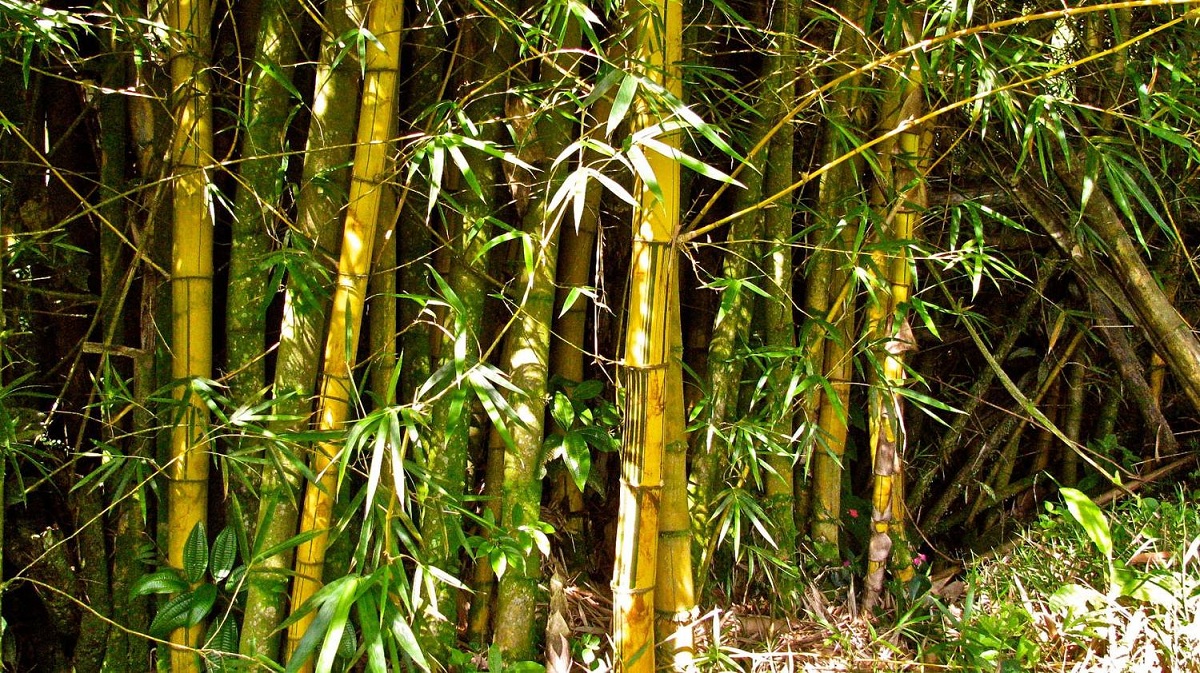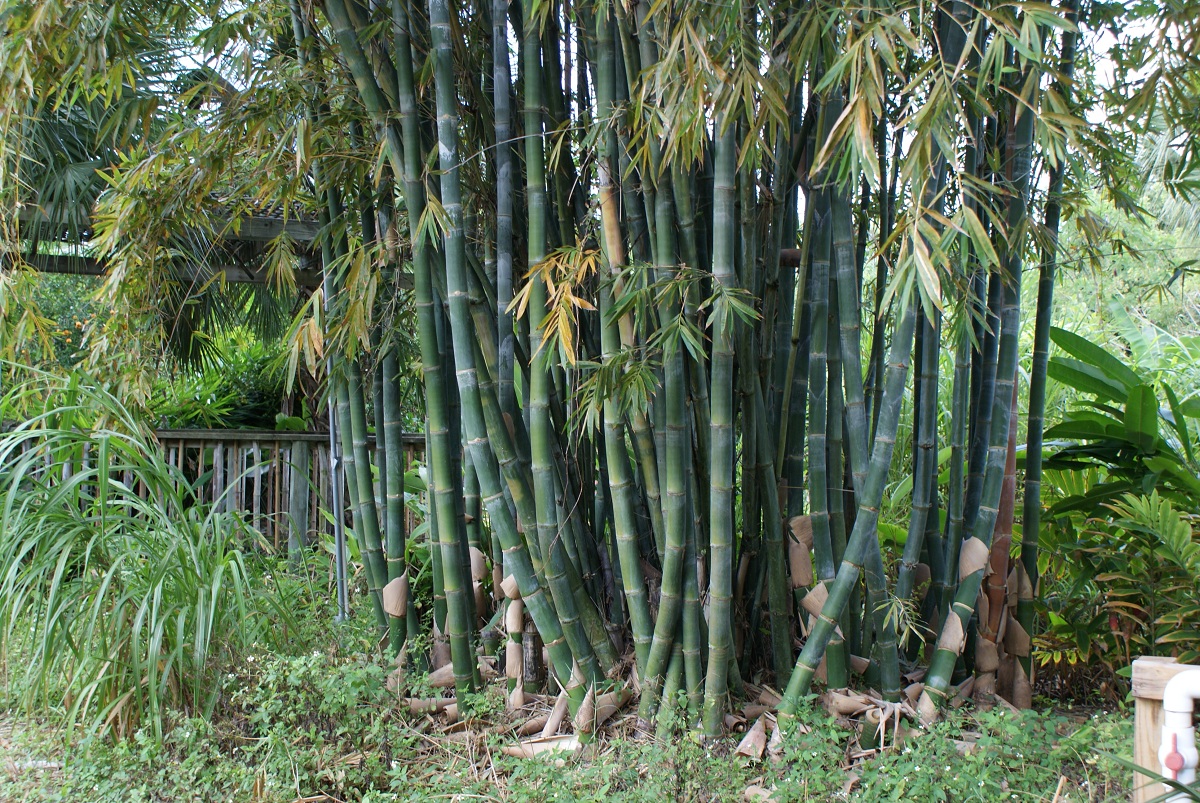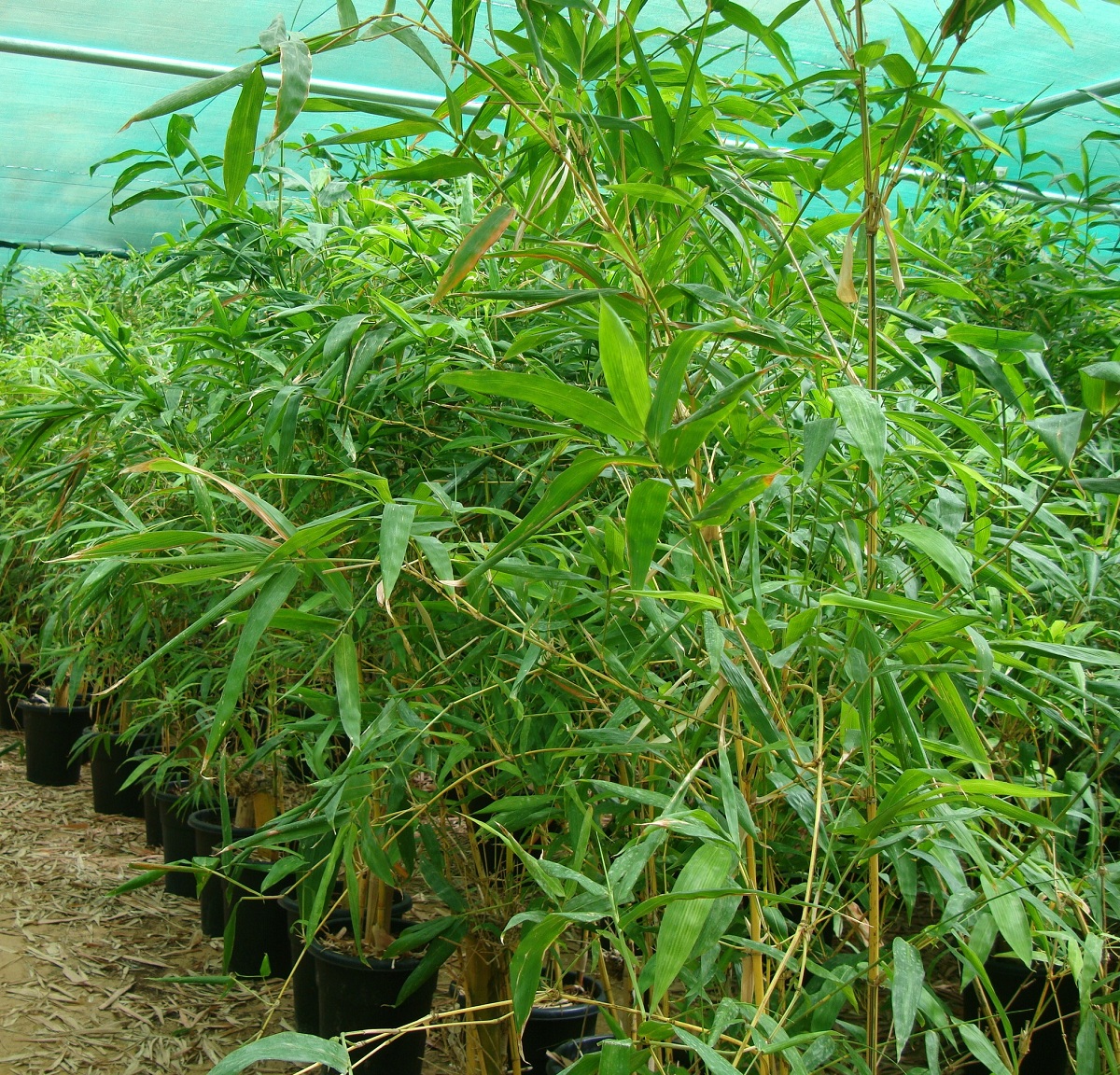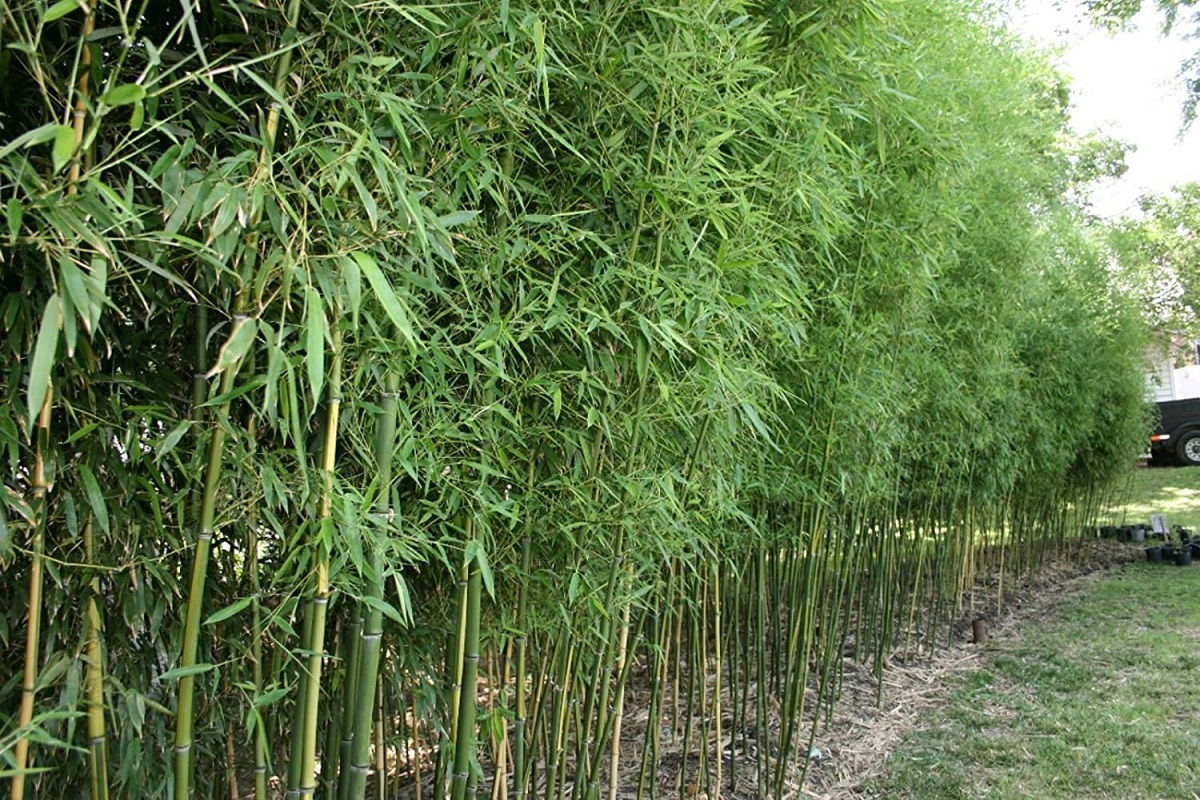
When we have to decorate our garden in a more exotic way, we think of bamboo as an easy way to maintain a unique ornamental vegetation. However, there is a variety of bamboo known by the name of bamboo It belongs to the same genus and has adapted to tropical climates. It is a genus of plants that has great variety and almost all of them have numerous branches that act as nodes.
In this article we are going to tell you about the characteristics, habitat and cultivation of the bambusa.
Key features

It is a genus of plants that has a large number of varieties of species with different nuances. In the vast majority of them there are numerous branches that come out from the typical nodes of the bamboo. They usually have one or two branches much larger than the rest and they are the ones that mark the maximum height of the plant. These branches can reach up to 11 meters in height, as if it were a tree. This offers a good advantage when decorating our gardens, as it will provide us with extra shade.
It is a type of bamboo native to Southeast Asia and is found mainly in China, the Himalayas, Taiwan, Melanesia and the northern territory of Australia. If it has also come to power naturalized in other regions such as Africa, Latin America and several oceanic islands. Although it is a plant that develops naturally in tropical climates, its cultivation has been able to adapt to temperate climates thanks to a slight resistance to cold.
What stands out most about this plant is that it has a non-invasive type of growth that helps to control the amount we want to have. Within the varieties of bambusa the preferred one is that of the Buddhist temples since it is one of the most stylized and capable of resisting the cold.
Bamboo cultivation

Bambusa belongs to the group of plants that grow in groups. The rhizome remains stable at all times and does not expand beyond the point where we plant it. This helps a lot so that the plant is not invasive given that the environmental conditions can be very favorable. Once the plant begins to develop, it is able to progressively form new canes, one glued to the other, forming very compact groups of canes.
It is called as a non-invasive plant because it is capable of developing canes in a compact way all together and without the rhizome extending beyond the place where we have planted it. This aspect makes the plant a very interesting option when it comes to decorating our garden with a more tropical touch.
In order to develop fully, these bamboos usually take up to 5 years to reach their adult stage.. This occurs even if we have the best favorable environmental conditions for the development of the plant. This makes it a plant to have patience and perseverance. Its wood is usable from the third year of growth like the rest of bamboos that belong to the non-invasive group.
In Spain it must be taken into account that our climate tends to have some frosts. The climate of the area where it has been planted is essential when it comes to knowing the development of bamboo. This is because there are some areas whose winter temperatures drop below zero degrees. These frosts can stop the growth of the bambusa and cause serious problems in its growth. The most normal thing is that growth slows down to twice its normal rate.
Bambusa faq

Normally this plant is usually sold in several varieties in portions of rhizomes. In this way you can get the plant to adapt more easily and can grow in the garden quickly. There are many varieties of this plant, so it would be interesting to know the adult state of each of them to know if it is the plant we want to have in our garden. Each variety has some different nuances that can make noticeable differences when decorating a garden.
Above all, it is important to know how to distinguish some characteristics of the plant to use as decoration of public places. Bambusa is often used as background for photos of weddings, communions and other public events. Therefore, it is interesting to choose one of the varieties that best suits the type of use that is to be given to the plant.
Many people ask if bambusa can be planted in Spain. Thanks to our almost tropical climate, it can be grown perfectly in various regions of our country. The most advisable thing is to limit its cultivation to coastal areas or high temperatures. It is not advisable to sow the Bambusa indoors where there may be frosts during the winter that causes a reduction in the growth of the plant.
There are some varieties of this bambusa that It is used to make wind musical instruments such as flutes. Another question often repeated by those who buy this plant is whether it can be grown in a pot. All varieties of bambusa can be grown in large pots or planters like dwarf bamboo. However, it must be borne in mind that its growth will be limited to the space that we are able to provide.
It must also be taken into account that, with the passage of time, it is possible that the development of the rhizome can damage the containers that make up the plant pot. The ideal is to have it in a pot during the development time and, when it reaches a considerable height, transplant it in a definitive place that has enough space to reach its maximum height.
As you can see, this plant can have several uses and it looks quite interesting for the decoration of our garden. I hope that with this information you can learn more about bambusa and its characteristics.